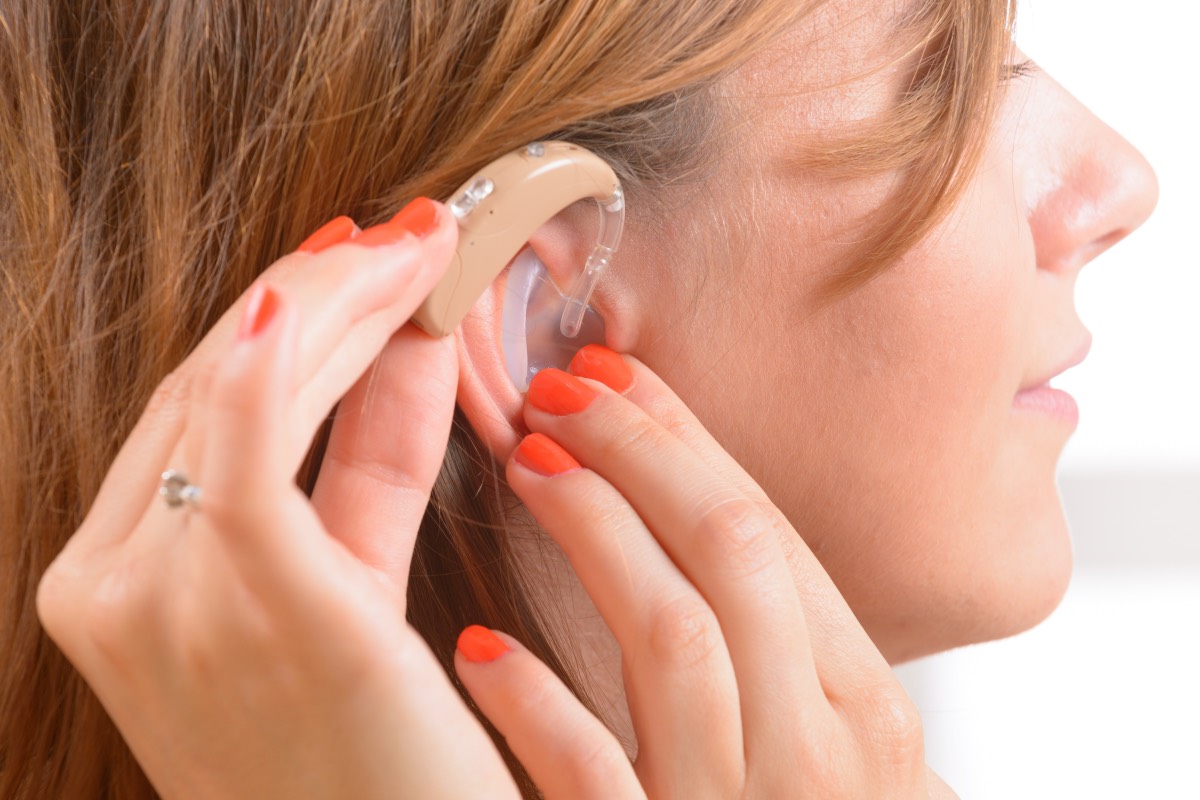[dropcap]I[/dropcap]f you admit properly, hearing aid is indeed a very important requirement for a person who has issues regarding hearing. Sometimes, from the fear of making a negative impression, people abstain from using this and sometimes the budget comes in between. But this is not really good, you can actually get the best fit just for you. Though these aids are not capable of restoring the actual audibility yet are very functional in enhancing the frailty. Hence, it is not justified that because of certain weak thoughts or myths people deprive themselves of such a facility.
However, there are a few things which should be kept in mind while going for getting these helps- best fit according to requirement, features offered, utility, price, availability and the most important, necessity. Over here, all the necessary information and guiding are provided which will make you a lot more aware of the product and will also help you to choose the best possible option for you and your need.
So, ear up!
Types of hearing aids
Quite obviously, the intensity of the problem won’t be same for everybody and so the availability of products will also be affected by this. The mechanism is same for all devices and it includes a computer chip and an amplifier. Depending on size, positioning, and utilization, the aids can primarily be classified into two broad groups:
1] BTE (Behind The Ear)- When the device is placed behind the ear and the sound is transmitted via a small tube into the ear, without blocking the entire pathway of the ear canal.
2] ITE (In The Ear)- When the device is worn completely in the ear. Generally, these are custom-made using help of ear impression or cast, taken by the professional of hearing care department.
Both these types are useful but have their own characteristics and come with a few subtypes whose features vary a bit. You need to understand each type and their pros and cons so that you can grab the best for you from century hearing aids.

Behind The Ear
- Mini BTE along with tip and slim tube. This type is also known as open fitting where a partially visible (hidden, to be specific) device is placed behind the outer ear and using a slim tube (ultra-thin) the sound is passed into the tip which is inserted into the ear canal. This system lets wind and wave pass into the ear freely without occupying the entire path.
This can be worn easily and remains hidden and allows free-flow but is a bit difficult to handle because of its mini stature. - Receiver in the Canal (RIC) or Receiver in the Ear (RITE)
In case of this, the speaker is situated in the tip which rests inside the canal of the ear whereas the processor and microphone are behind the ear.
Has cosmetic appeal but is prone to ear-clog, moisture etc.
- BTE with hook or ear mold. The largest type of aid available that rests behind the ear with the help of a hook and an ear mold which is a custom-made earpiece sits inside the ear canal. These are truly the best option which can be used by anyone irrespective of age and intensity of problem. It is less susceptible to damage but plugs up the wearer.
In The Ear
- Completely in the Canal (CIC)This is the tiniest option that remains completely hidden within the ear canal and offers aid to those who have moderate and mild hearing problems.
These have high cosmetic appeal but lack in dexterity and can be damaged easily. - In the Canal (ITC)This is slightly bigger than the previous option and sits in the lower part of the outer ear.
Can be affected by moisture, ear-clog but are preferred for their looks. - Low ProfileThis device is available in two designs- full and half which covers the ear-cup and bowl.
Easier to handle than the smaller versions but is also damage prone.
You should always remember that the smaller options can be easily hidden but the larger the device, the more features it possesses. The battery life is more on the large devices and those can be handled easily. They do provide clear and clarified sounds.
Key points to remember
Before buying any hearing aids, do remember to check what features are provided. Check points like wireless connectivity, audio input, variable programming, synchronization etc. are all at par or not. But the steps that you need to consider before buying are below you can get help from century hearing aids as well:
- Go for a check-up.
- Understand your need.
- Search for the apt device.
- Test it (features, price, warranty, utility etc.).
- Price and looks matter, but your priority should be your hearing.
- Adjust and accommodate the features according to your preferences.
Anyone can be affected by this problem and there is no shame in it. So, don’t be afraid and settle for a device because it stays hidden, instead flaunt your device in whichever color you want and add years to your ears!









